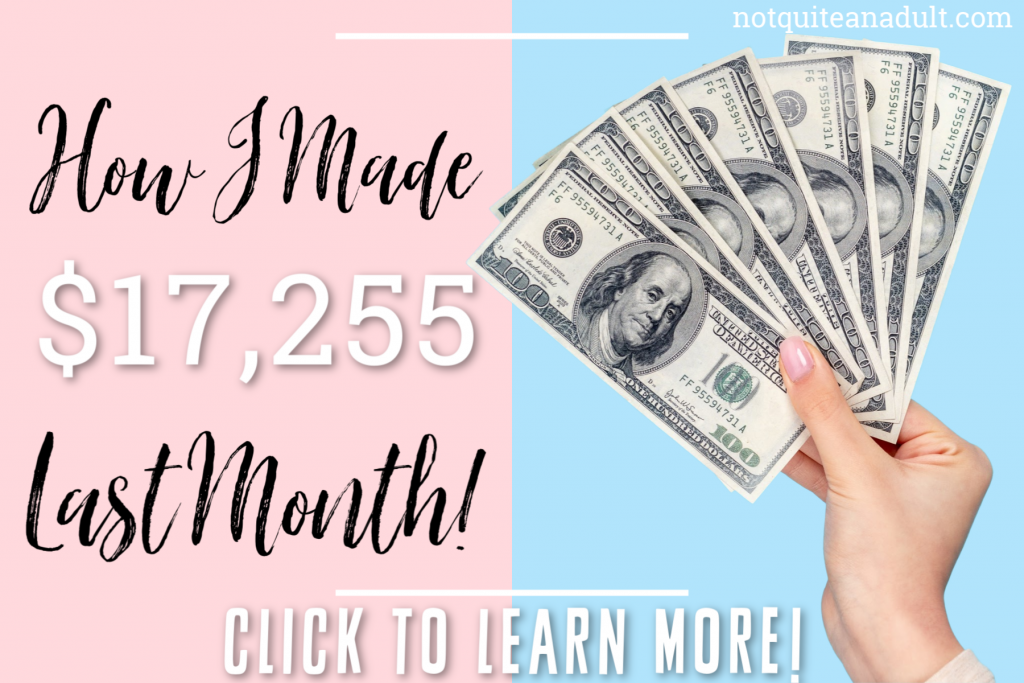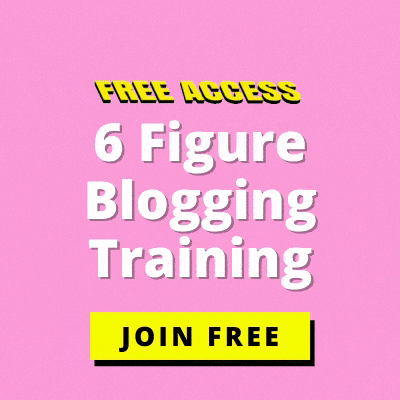Table of Contents
What are debts?
Debts are liabilities owed to a person with a payment obligation. In most cases we get into debt as soon as we borrow money from someone. With car loans, home loans or even credit cards, it is very easy for us to “find money quickly”.
The problem, however, is that you can lose track very quickly or that you may not be able to pay the monthly amounts due to unforeseen circumstances (termination, death, inheritance, etc.). From this point on, it is difficult to avoid a quick way out of the debt trap.

How Can I Become Debt-Free Again?
Once you are in debt, there is usually no easy way out. Most people think that they have to earn money more money as fast as possible. So what do you do?
Your Main Goal Should Be To Cover All Costs
Step 1: Earn more money. If you have lost your job, look for a new one as soon as possible so that you can earn a living income again. If you still have your current job, try to find a job that allows you to earn more money and/or take up a second job. With a 40-hour job you can work 8 hours in parallel and earn a little more. Of course this is not a long-term situation, but the sooner you get out of debt the better.
Alternatively, look at making money online, as there are countless opportunities to earn a decent second income without leaving your house.
Step two: Reduce fixed costs! We have so many things we don’t necessarily have to live on. Take a look at your account and see how much you spend each month. Many have streaming providers, such as Netflix or Disney +, that can be cancelled on a monthly basis. If you cancel them immediately, you’ll have an additional $10 to $20 available.
You can also save a lot of money on food. Take a look in your fridge to find out what food you really need and whether it should always be the branded product. Take advantage of this and try to avoid sweet drinks and fruit juices, as they are also money eaters.
Step 3: Only pay 50% of your left over money towards your debts. You may wonder why only 50% and what happens to the other 50%. The other 50% is better invested into a savings account that you don’t touch. But why would you do that? The point is to build up a small cushion/asset after the debt reduction.
For example, if you currently have a debt of $10,000, you will have $10,000 Euros after the debt reduction. Yes, it will take longer to pay off the debt, but you’re building a safety net at the same time. This avoids you having to go back and use your credit cards if your car breaks down, or your roof leaks.
Make a plan with all your current income and expenses. This will give you a clear overview of what you need to do to get out of debt.
Know the difference between positive and negative debt
Now you probably wonder why there is positive debt. Isn’t the debt only negative?! No, there’s positive debt too.
Negative debts are things you don’t necessarily need. You buy a car for $20,000 to get to work because there is no public transport. But ask yourself if a used car would be enough. If you’re only interested in going from point A to B, then maybe a $3000 car is more than enough, especially if your commute isn’t too long.
Another example is television, which is indispensable in most households. Does the new television really offer you more, if not a slightly better picture? In general, negative debts are things that bring you neither education nor money.
Positive debts are investments in shares or real estate. If you take out a loan to buy a property and then rent it out, it is a positive debt because the monthly amount is covered by the rent and at best you earn money. And the other advantage is that the property is self-sustaining and after 10 to 15 years, depending on the term of the loan, it becomes your property and the rental income goes directly to you.




Leave a Reply